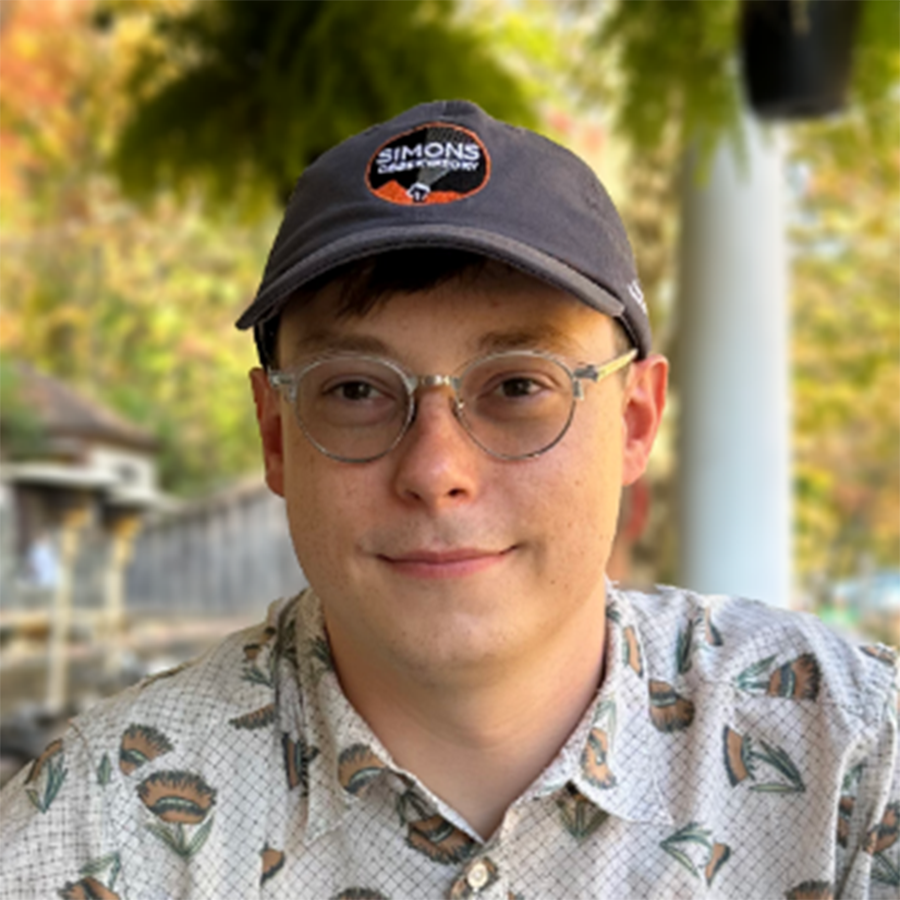Program dates: July 11 – July 25, 2026
- Move-in: July 11
- Orientation: July 12
- Move-out: July 25
The Astronomical Techniques Research Academy provides students with an understanding of the techniques of observational astronomy and data analysis, and will allow them to understand and build the tools to acquire and analyze astronomical data in the form of images and spectra. We will discuss the theory behind imaging and spectroscopy, and students will construct their own simple cameras and spectrometers. We will also discuss detectors for both optical light and radio waves, and the role of wavelengths beyond visible light in the study of the universe. The recording and digitizing of photons and radio waves will be discussed and demonstrated with hands-on exercises which can be reproduced outside the course, as well as using specialized equipment (digital spectrometers, radio telescopes). We will also learn tools for computing the positions of astronomical objects and methods for tracking them. Students will learn to analyze and visualize the data with modern software using Python.
Features
Students will work in interactive lectures to learn about the relevant background and concepts, and then apply these in scripted observing and computing labs to reinforce their understanding. Students will learn to present their ideas in presentations at the end of each week. The course will be supplemented with lectures from leading researchers.
A distinctive feature of the course is observations of the sun using specialized equipment at optical and radio wavelengths to allow for daytime activities. We will also do nighttime observing with high-quality 10-inch telescopes, placing students in a good position to continue further astronomical investigations on their own. The data analysis lessons and techniques will be relevant for a wide range of future STEM projects.
Prerequisites
Previous experience with Python or astronomical observing is helpful and encouraged, though not required.
Technology statement
Students are required to bring their laptops or tablets to the program for in-class work and must have administrative access to make changes to the computer system and install applications. Laptops are preferred if possible.

Program Co-Director: James Aguirre
Dr. James Aguirre has been at Penn since 2008. He was an undergraduate at Georgia Tech, received his PhD in physics from the University of Chicago, and was a postdoc and an NRAO Jansky Fellow at the University of Colorado, Boulder. He is broadly interested in the formation and evolution of galaxies and the interplay between galaxies and the large-scale structure of the universe. He focuses on the use of radio and far-infrared wavelength telescopes to study galaxies and has worked on a variety of experiments, including several using high-altitude balloons to carry telescopes above the Earth’s atmosphere. He is the author of An Introduction to Astrophysics with Python, to be published at the end of this year.

Program Co-Director: Josh Borrow
Josh Borrow is a systems architect at Penn and an expert on data science, analysis, and visualization. He primarily works on data engineering for theoretical and observational cosmology projects. He builds the systems that allow for our remote telescopes (in the Atacama Desert) to send data back home for processing, and designs systems for analyzing and understanding this data. Before working at Penn, he was a postdoc at MIT, completing graduate school at Durham University in the United Kingdom, where he primarily worked on supercomputer simulations of galaxies.



